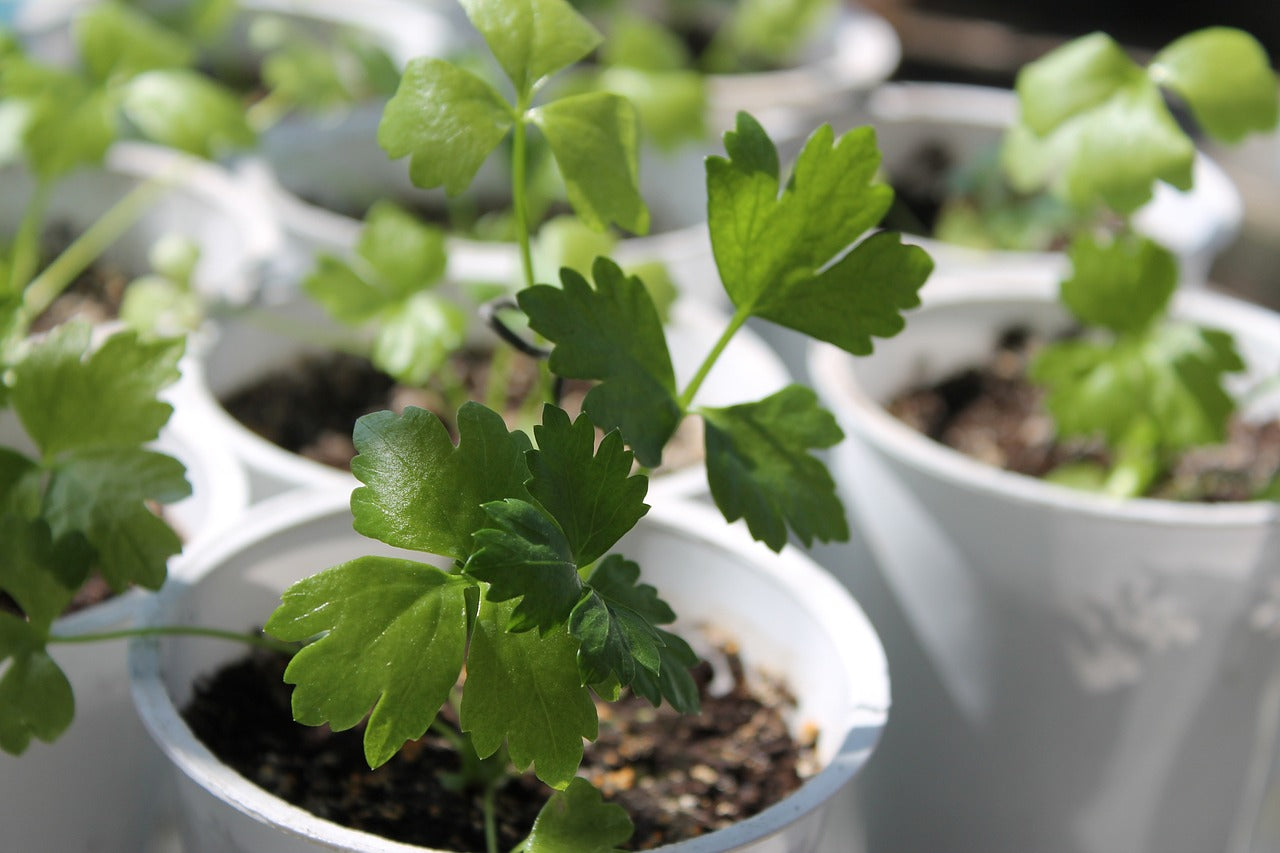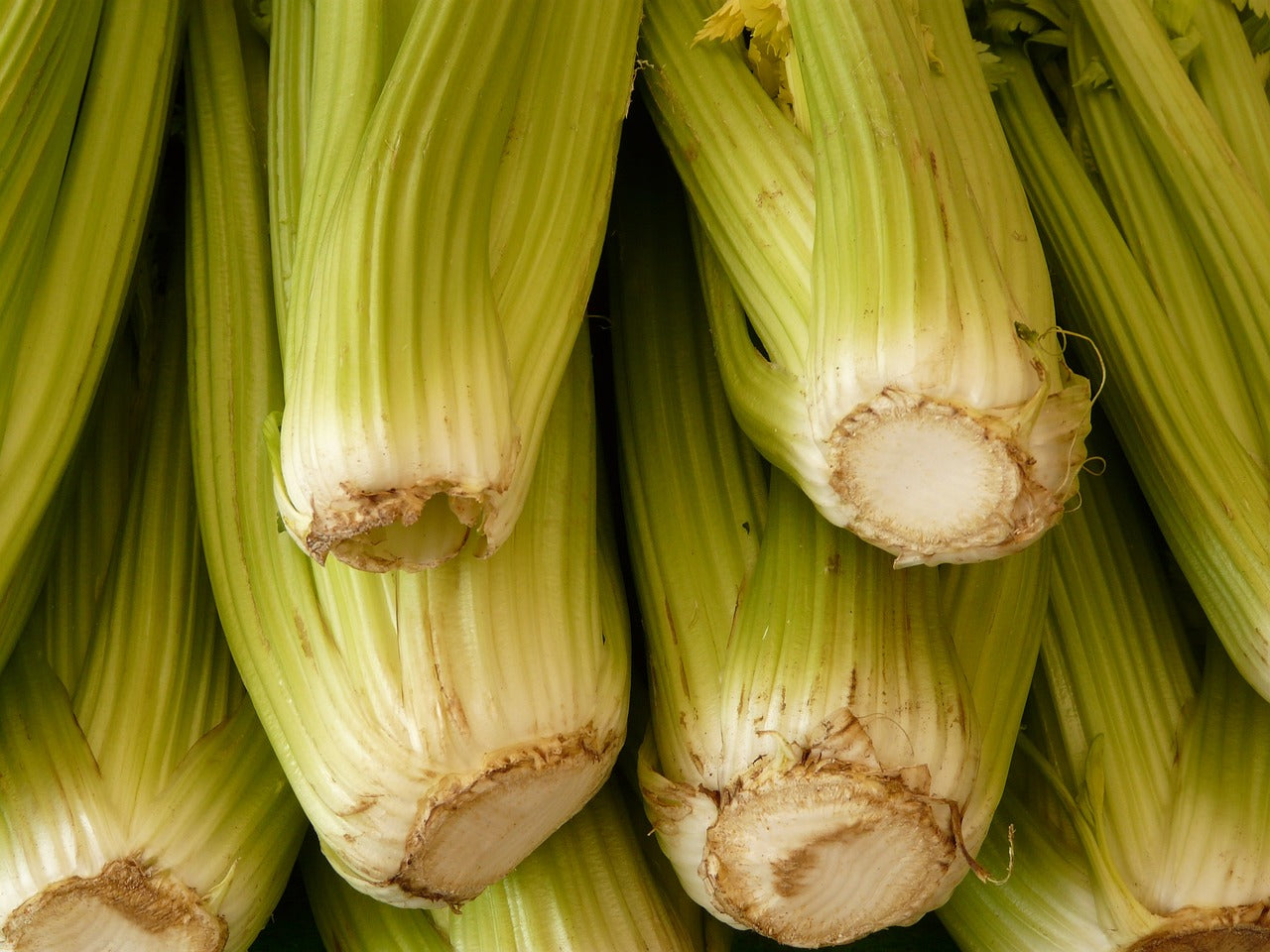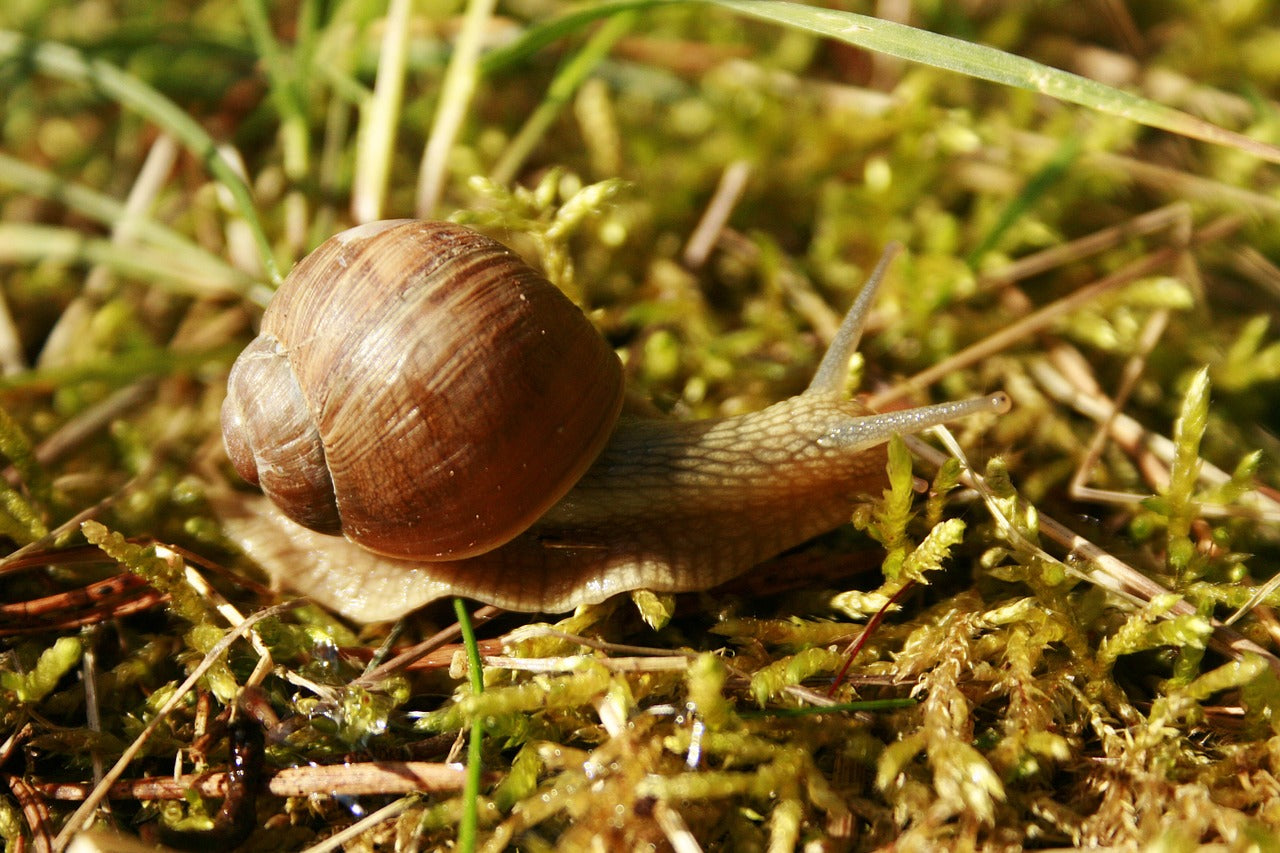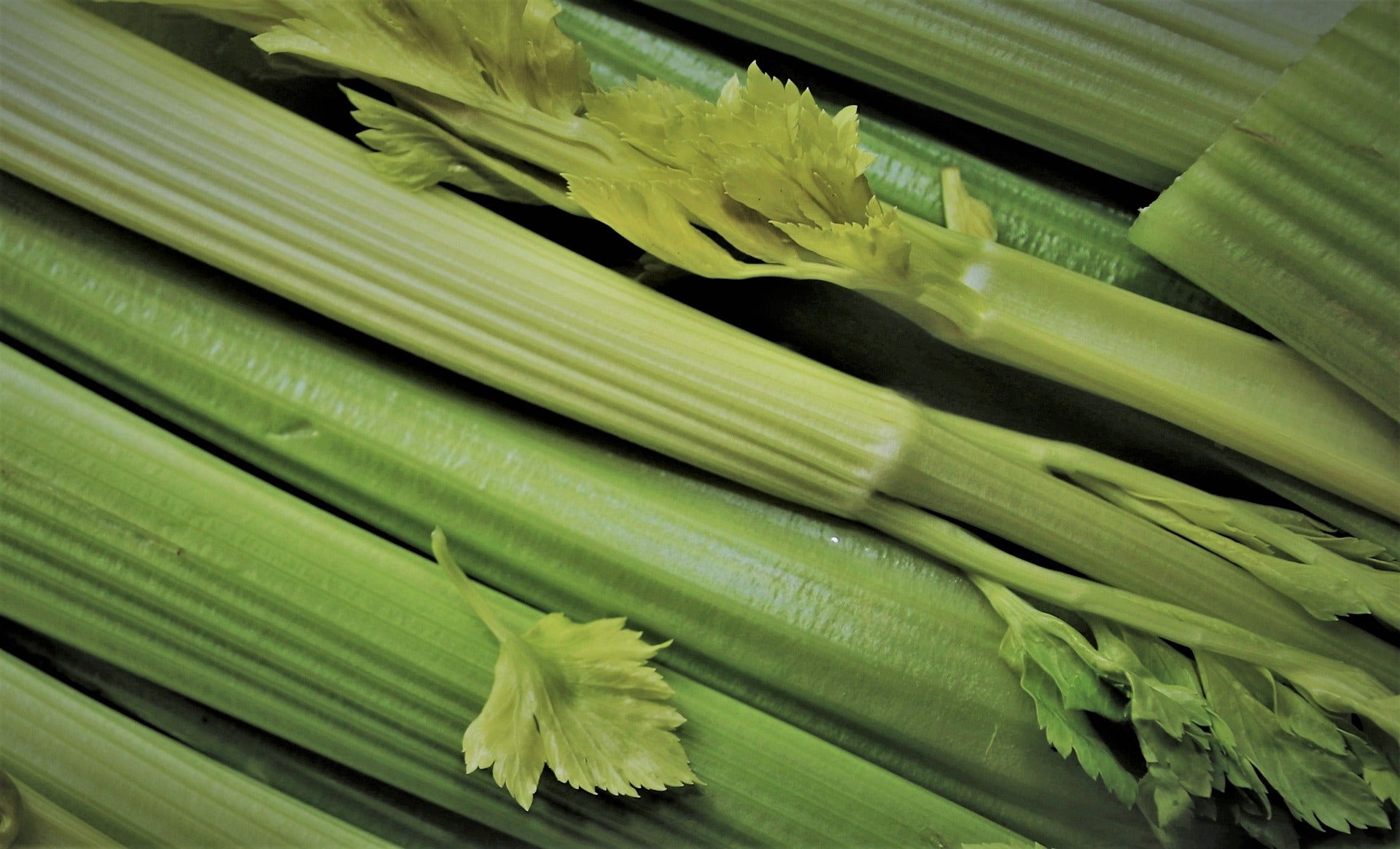Advice & Inspiration
How To Grow Celery

You don’t get much healthier than celery, with its unmistakable flavour in soups and casseroles and fresh crunch when eaten raw. With regular watering and weeding, it’s easy to grow - here’s how.
Most common Celery plant questions
When should I plant Celery?
Celery is ready to plant outside from late May to July. The last frost must be long gone and the temperature should have been consistently warm for a couple of weeks to warm up the soil.
What kind of soil does Celery need?
Celery needs very-fertile, water-retentive soil. Mix in plenty of organic matter such as quality garden compost into your soil before planting. Celery would also benefit a lot from a sprinkle of good, balanced fertiliser such as chicken manure pellets before planting as it is a particularly hungry plant. If possible, cover your soil in a layer of well-rotted manure the previous autumn to give your soil extra nutrients and to improve its texture.
How much sun does Celery need?
Celery should be planted in full sun to light shade. Position your plants where they will receive 6 hours of direct sunlight every day but will also benefit from some shade during the hottest parts of the day.

How far apart should I plant Celery?
If you are planting Celery in the ground, plant them 30cm apart. Celery grows best in grids with equal distance between the plants, rather than rows. If you are planting Celery in pots, choose a pot that is at least 20cm deep and plant them 25cm apart.
How to plant Celery
Celery needs to be watered regularly. The ground must be kept consistently moist, which can require watering celery every day when the weather is dry as it is a thirsty plant. If you are unsure, give the soil a feel. If it is dry to the touch a finger nail down, then give it a watering. If the soil is allowed to become too dry too often then Celery plants can bolt, which means they go to flower and stop putting any energy into developing the stems. Or the stems will simply grow stringy.
Does Celery need feeding?
A feed of chicken manure pellets will help give the plants an additional nutrients boost. Sprinkle some around your plants after a few weeks. You can also add a layer (2 inches) of garden compost to act as a mulch–giving the soil more nutrients and helping to lock in moisture.

How to harvest Celery plants
Harvest the Celery when they are about 15cm from the soil to the first leaf. This usually takes around 4-5 months from planting. To harvest Celery, cut them off at the base with a sharp, sterilized knife. You will want to cut these off before the first hard frosts set in.

Common Celery plant problems
Common celery problems you may encounter are Slugs and Snails, Celery Leaf Spot, and Thin Celery Stalks. Read below for specific information on all of these problems.
Slugs and Snails
To combat slugs and snails, try watering in the morning. This will give the water time to evaporate off the surface during the day before they come out at night. Remove any debris, logs, old pots, or anything else they can hide under during the day and keep the area around the plants clean. The second form of protection against slugs and snails is to form a barrier around your plants. This can be done with copper wire which reacts with the mucous or with crushed egg shells which will cause cuts and lead to the slugs drying out. Ensure the plants are not touching any objects such as walls or other plants which can form a bridge for the slugs to climb over to reach the plants. Another good organic method to get rid of slugs is using Nematodes. Nematodes are microscopic worms that essentially find slugs underground and cause them to die. They are completely harmless to other wildlife or your vegetables (or you when you eat your vegetables) and so are a great organic solution to slug damage. Make sure you read and follow the instructions on the packaging carefully.
Celery Leaf Spot
Celery Leaf Spot is a fungal infection that appears as brown spots on the leaves and stems of the plant. This can cause stunted growth and real stress to the plant. Celery Leaf Spot thrives in warm, humid conditions. The best way to prevent this infection is to water directly at the soil, not over the leaves. Also, it helps to keep the grown weed free as weeds can carry the spores from the soil to the plant. If you get Celery Leaf Spot, remove any infected plants and throw them in the bin. Clean any tools used and even boots/clothing to avoid the spread of spores.
Thin Celery Stalks
Having smaller stalks than expected is typically due to lack of right conditions for the plant. In particular, your plants may not have received enough water or nutrients. For Celery it is essential that the plants are given adequate amounts of rich, organic matter in the soil with additional feed to help and that the soil is kept consistently moist through regular watering. During very hot days this will require watering your plants every day. You can also add a balanced liquid feed for a short term heavy boost of nutrients for your plants.




















